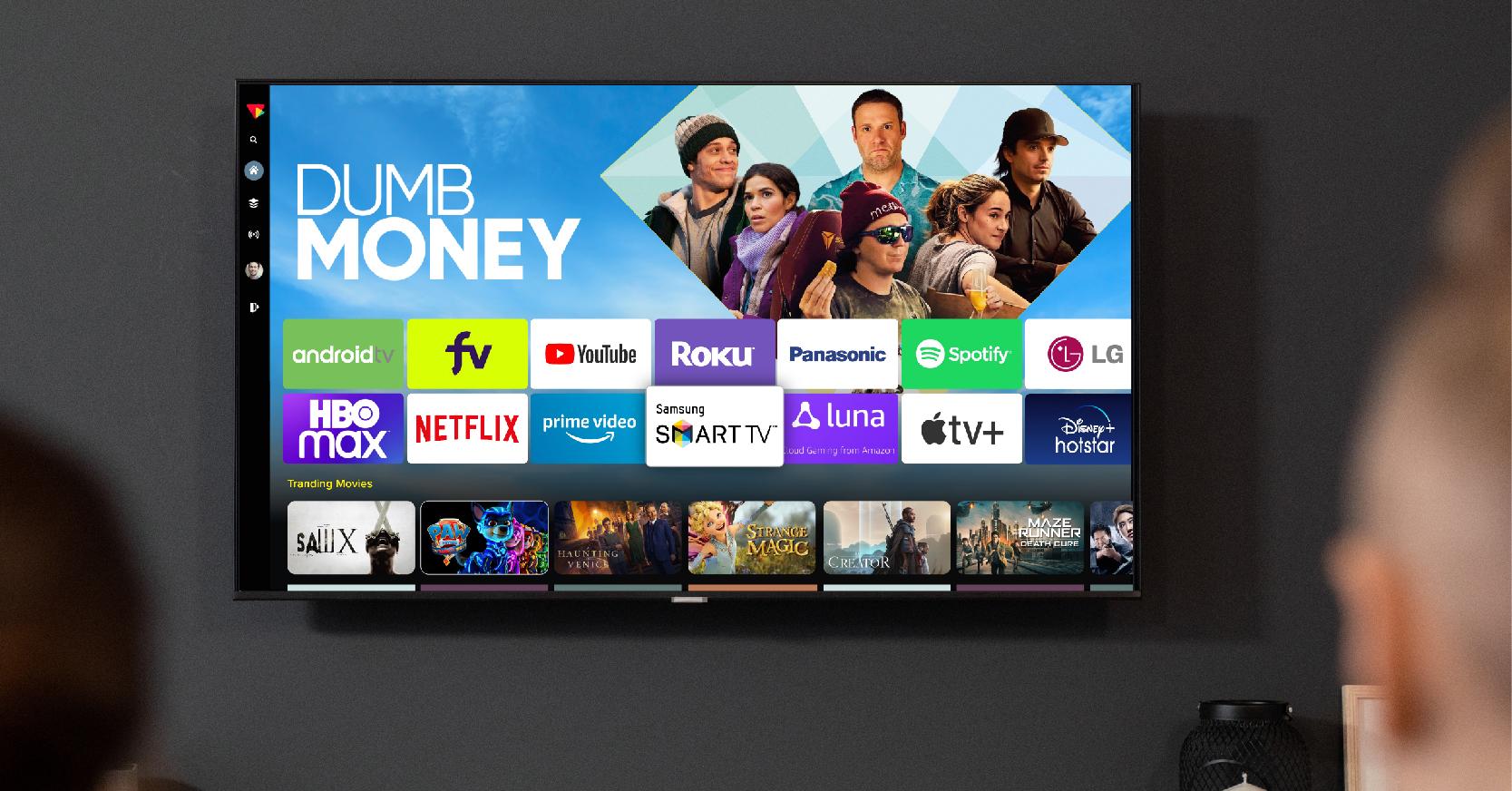The Facts About Apollo Group Tv Revealed
Table of ContentsThe Definitive Guide to Apollo Group TvGet This Report on Apollo Group TvApollo Group Tv - TruthsTop Guidelines Of Apollo Group Tv
In this scenario, as opposed to having three-minute commercial places during a 30-minute tv program, TV shows might transform to one where a consumer will be called for to have a month-to-month membership, to ensure that they cen view targeted banner ads. This sort of advertising and marketing already takes place on the web, and the quantity of information television business accumulate enables them to do much the same.Define the major patterns amongst the broadcasting and cable television networks. Popular radio reveals such as police drama Dragnet and western cowboy series Gunsmoke were adjusted for tv, and new Television programs were funded by single advertisers, simply as radio programs had actually been.
Today, the tv market is much more intricate. Programs are funded by numerous advertisers; programs is controlled by significant media conglomerates; and the three significant networks no more dominate the airwaves but rather share their viewers with numerous wire channels. Numerous aspects make up these fads within the market, consisting of technical growths, federal government policies, and the development of new networks.

Unknown Facts About Apollo Group Tv
Established in 1969, (PBS) established out of a record by the Carnegie Commission on Educational Tv, which checked out the function of academic, noncommercial television on society. Public television was likewise planned to provide universal access to tv for visitors in rural locations or customers who could not manage to pay for private tv services.
The period between 1950 and 1970 is historically recognized as the. Apart from a little part of airtime regulated by public tv, the three significant networks (called the Big 3) controlled the tv industry, jointly representing even more than 95 percent of prime-time viewing. In 1986, Rupert Murdoch, the head of international company News Corp, launched the Fox network, testing the dominance of the Big 3.
Targeting young and minority target markets with programs such as Buffy the Vampire Slayer, Moesha, Dawson's Creek, and The Wayans Bros., the brand-new networks wanted to attract stations away from their old network affiliations. Rather than repeating the success of Fox, UPN and WB had a hard time to make an effect. Unable to attract lots of associate terminals, the 2 fledgling networks got to fewer families than their larger opponents because they were inaccessible in some smaller cities.
This choice led the way for the development of cable television film networks, contributing to the rapid growth of cord in the 1980s and 1990s. apollo group tv. Further deregulation of wire in the 1984 Cable Television Communications Policy Act eliminated limitations on cable rates, enabling operators to bill what they desired for cable television services as long as there worked competition to the service (a criterion that over 90 percent of all cable television markets can satisfy)
The Single Strategy To Use For Apollo Group Tv

Having actually developed the very first "superstation," Turner broadened his realm by establishing 24-hour information network CNN in 1980. At the end of the year, 28 national programming services were readily available, and the cable change had actually begun. Over the following years, the industry went through a duration of rapid growth and popularity, and by 1994 customers can pick from 94 basic and 20 premium cable television services.
Figure 9 - https://www.twitch.tv/apollogtv01/about.16 Raised competition from wire networks has created a consistent decline in the networks' target market ratings. During the 1950s, the expense of producing a solitary tv show increased as programs ended up being much longer and production prices soared. Sponsorship on network tv shifted from single sponsorship, in which a program was totally sustained and generated by one marketer, to multiple sponsorship, in which marketers acquired 1- or 2-minute spots on the show
Each reaction needs to be a minimum of one paragraph. Pick one of the Big Four networks and print out its regular programming routine. View the network's prime-time programs over the course of a week, keeping in mind the target group for each and every program. Observe the marketing sponsors that sustain each program and compare exactly how the items and services fit with the intended target market.
The Only Guide to Apollo Group Tv

Linear TV, usually described as typical program TV, encompasses wire and satellite tv. It's called "straight" because web content complies with a fixed shows timetable, unlike on-demand web content which the private visitor makes a decision to see based upon their very own choices and timetable. So, when you ask, "What is linear television?", think about it as the timeless way of enjoying TV that has actually been around for years.